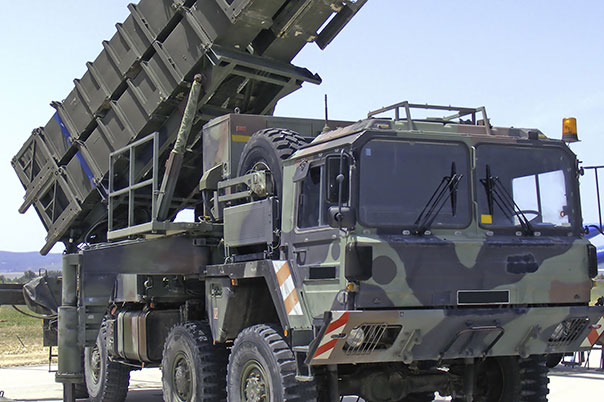In the world of aerospace engineering, materials play a crucial role in pushing the boundaries of innovation and efficiency. One class of materials that has revolutionized the industry is aerospace composites.

In this comprehensive guide, we’ll explore the fascinating realm of aerospace composites, their applications, and why they’re pivotal to the aerospace industry.
What Are Aerospace Composites?
Aerospace composites are advanced materials engineered for use in the construction of aircraft and spacecraft. Unlike traditional materials such as aluminum or steel, composites are made up of two or more distinct components, typically a matrix material (often a polymer) reinforced with fibers. These materials are selected for their exceptional strength-to-weight ratio, durability, and resistance to extreme conditions.
Where Are Composites Used in Aerospace?
Aerospace composites find application in various components and structures across both aircraft and spacecraft. Some prominent areas where composites are used include:
1. Fuselage and Wings:
- Composites are commonly used in the construction of aircraft fuselages and wings. The reduced weight and increased strength of composites contribute to improved fuel efficiency and aerodynamics.
2. Engine Components:
- Certain engine components, such as fan blades and shrouds, benefit from the high-temperature resistance and lightweight properties of composites.
3. Interiors:
- Composites are used for interior components like panels, seats, and cabin structures. They enhance passenger comfort while reducing the overall weight of the aircraft.
4. Spacecraft and Satellites:
- In the realm of space exploration, composites are vital for satellite construction and spacecraft components. Their ability to withstand extreme temperatures and conditions is particularly valuable.
5. Propulsion Systems:
- Aerospace composites can also be found in propulsion systems, contributing to the efficiency and performance of aircraft engines.
Why Are Composite Materials Used in Aerospace?
Aerospace composites offer several advantages that make them the material of choice for many aerospace applications:
1. Weight Reduction:
- Composites are significantly lighter than traditional materials like aluminum or steel. This weight reduction directly translates to improved fuel efficiency and increased payload capacity.
2. High Strength:
- Despite their lightness, composites boast exceptional strength and durability, making them ideal for withstanding the stresses and forces experienced during flight.
3. Resistance to Corrosion:
- Unlike metals, composites are not susceptible to corrosion, which is crucial for maintaining structural integrity and longevity in harsh aerospace environments.
4. Design Flexibility:
- Composites can be molded into complex shapes and structures, enabling engineers to design aerodynamically efficient and innovative aircraft.
5. Thermal Properties:
- Aerospace composites exhibit excellent thermal resistance, allowing them to withstand extreme temperatures during supersonic or space travel.
Which Composites Are Used in Aircraft?
Several types of composites are employed in aerospace, each with unique properties suited to specific applications:
1. Carbon Fiber Composites:
- Carbon fiber-reinforced composites are renowned for their high strength-to-weight ratio and are commonly used in aircraft structures, including wings and fuselages.
2. Glass Fiber Composites:
- Glass fiber composites offer good strength and are often used in aircraft interiors, such as seats and cabin components.
3. Aramid (Kevlar) Composites:
- Aramid composites, like Kevlar, are known for their exceptional impact resistance. They find application in areas where impact protection is crucial.
4. Metal Matrix Composites (MMCs):
- Metal matrix composites combine metals with reinforcing fibers, enhancing their mechanical properties. They are used in engine components and other high-temperature applications.

In conclusion, aerospace composites represent a remarkable leap forward in materials science, enabling the aerospace industry to achieve new heights of efficiency, performance, and innovation. From reducing aircraft weight to enhancing durability, these materials continue to shape the future of flight. As the aerospace industry continues to evolve, the role of composites will only become more prominent, unlocking possibilities for faster, more efficient, and more environmentally friendly air and space travel.
Learn more at Wiki as well.
